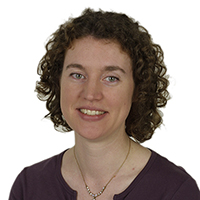Welcome to the twenty-sixth issue of SIS Editorial article

Photolab
We take these predictable seasonal changes – very noticeable towards the poles, almost negligible at the equator – for granted. Were you aware, though, that without the Moon, Earth would be a very different place: with less predictable seasons, smaller tides, higher winds and shorter days?
The Sun’s influence is still more profound; for a stunning classroom demonstration, why not simulate solar wind and the aurorae (northern and southern lights? Our star inspires not only classroom activities but also international research collaborations: in the search for a clean and sustainable source of energy, fusion scientists are recreating the processes taking place in the Sun’s core. But how do you design a thermometer to withstand millions of degrees Celsius inside a fusion reactor?
Moving from the sky to the ground beneath our feet, find out how plate tectonics may have started millions of years earlier than we used to think. Or discover how one engineer combated the effects of ground movements and helped to save the famous Leaning Tower of Pisa. On a more personal scale, damage to our own leaning tower – our spinal cord – can cause incontinence, loss of feeling or paralysis. Might stem cell treatment offer hope for sufferers?
Staying at the level of our cells, did you know that most of our ‘junk’ DNA is very far from being junk – it is, in fact, alive with activity? Elsewhere in our genomes, particular genes may even hold the key to obesity. Why not get your students to research the genetics of obesity and extract their own DNA in the lab?
Finally, who could fail to be inspired by the participants in the European Union Contest for Young Scientists? Among the many winners were students, some as young as 16, who discovered how to simulate gravity, characterise a new steel alloy and improve light microscopy.
We hope you enjoy this issue – and we are always happy to have your feedback.





